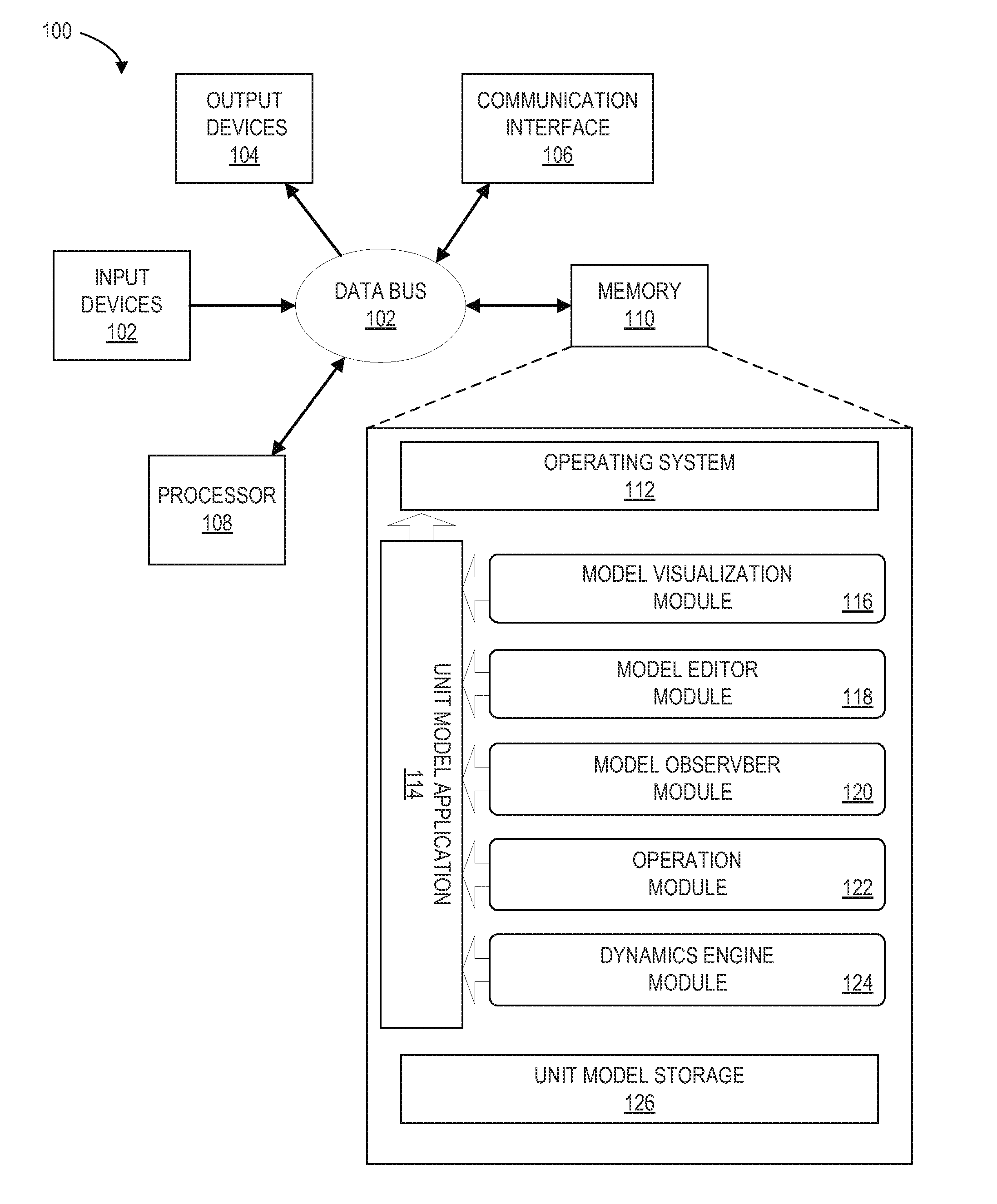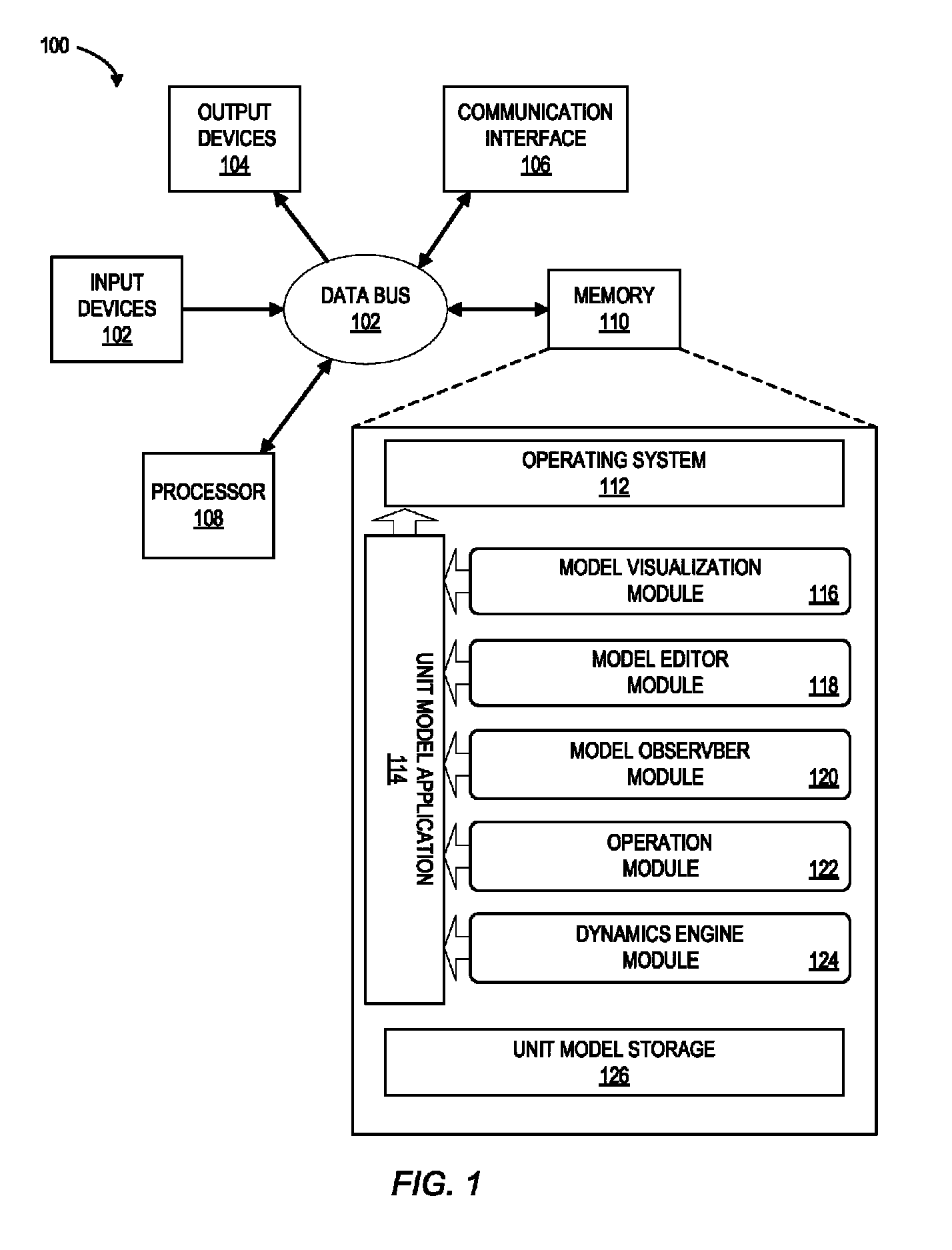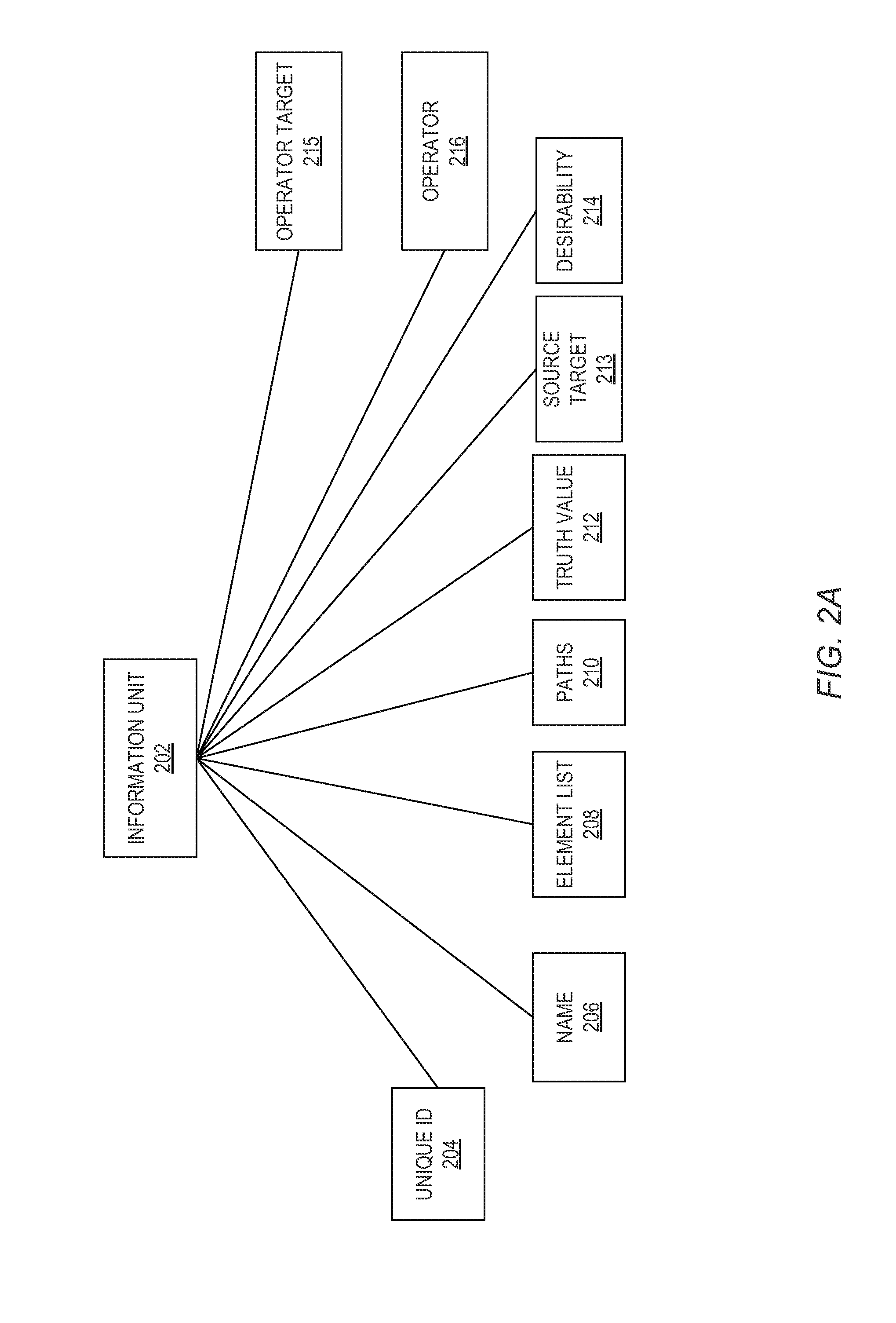Systems and methods for cognition-based processing of knowledge
a cognition-based and knowledge-based technology, applied in the field of automatic processing of knowledge, can solve the problems of limiting the use of rule-based systems in time-critical systems, blurring the distinction between logic and application, and time-consuming training
- Summary
- Abstract
- Description
- Claims
- Application Information
AI Technical Summary
Benefits of technology
Problems solved by technology
Method used
Image
Examples
Embodiment Construction
[0034]In the descriptions and drawings that follow a small number of components and connections are sometimes shown to facilitate explanation and illustration. The number of components used herein is for example only. It should be understood that these examples do not describe the ultimate capability of the invention, including quantity of components, number of instances or interconnections that are possible. The embodiments disclosed below are not intended to be exhaustive or limit the invention to the precise form disclosed in the following detailed description. Rather, the embodiments are chosen and described so that others skilled in the art may utilize its teachings.
[0035]The detailed descriptions which follow are presented in part in terms of algorithms and symbolic representations of operations on data bits within a computer memory representing alphanumeric characters or other information. A computer generally includes a processor for executing instructions and memory for sto...
PUM
 Login to View More
Login to View More Abstract
Description
Claims
Application Information
 Login to View More
Login to View More - R&D
- Intellectual Property
- Life Sciences
- Materials
- Tech Scout
- Unparalleled Data Quality
- Higher Quality Content
- 60% Fewer Hallucinations
Browse by: Latest US Patents, China's latest patents, Technical Efficacy Thesaurus, Application Domain, Technology Topic, Popular Technical Reports.
© 2025 PatSnap. All rights reserved.Legal|Privacy policy|Modern Slavery Act Transparency Statement|Sitemap|About US| Contact US: help@patsnap.com



